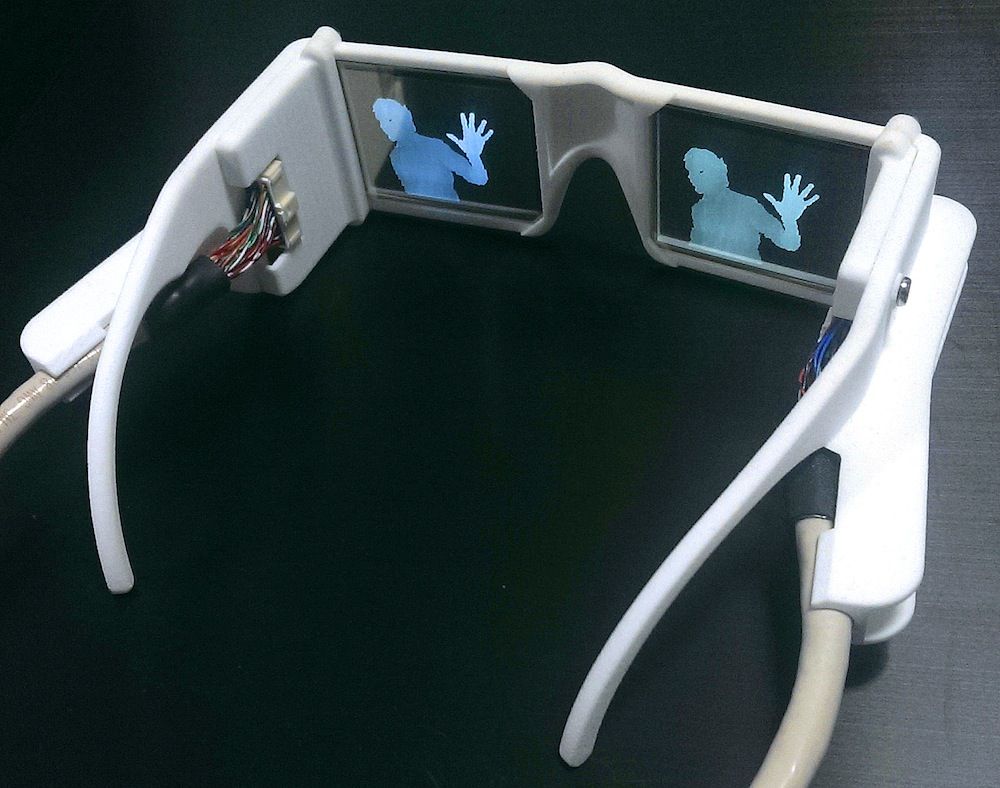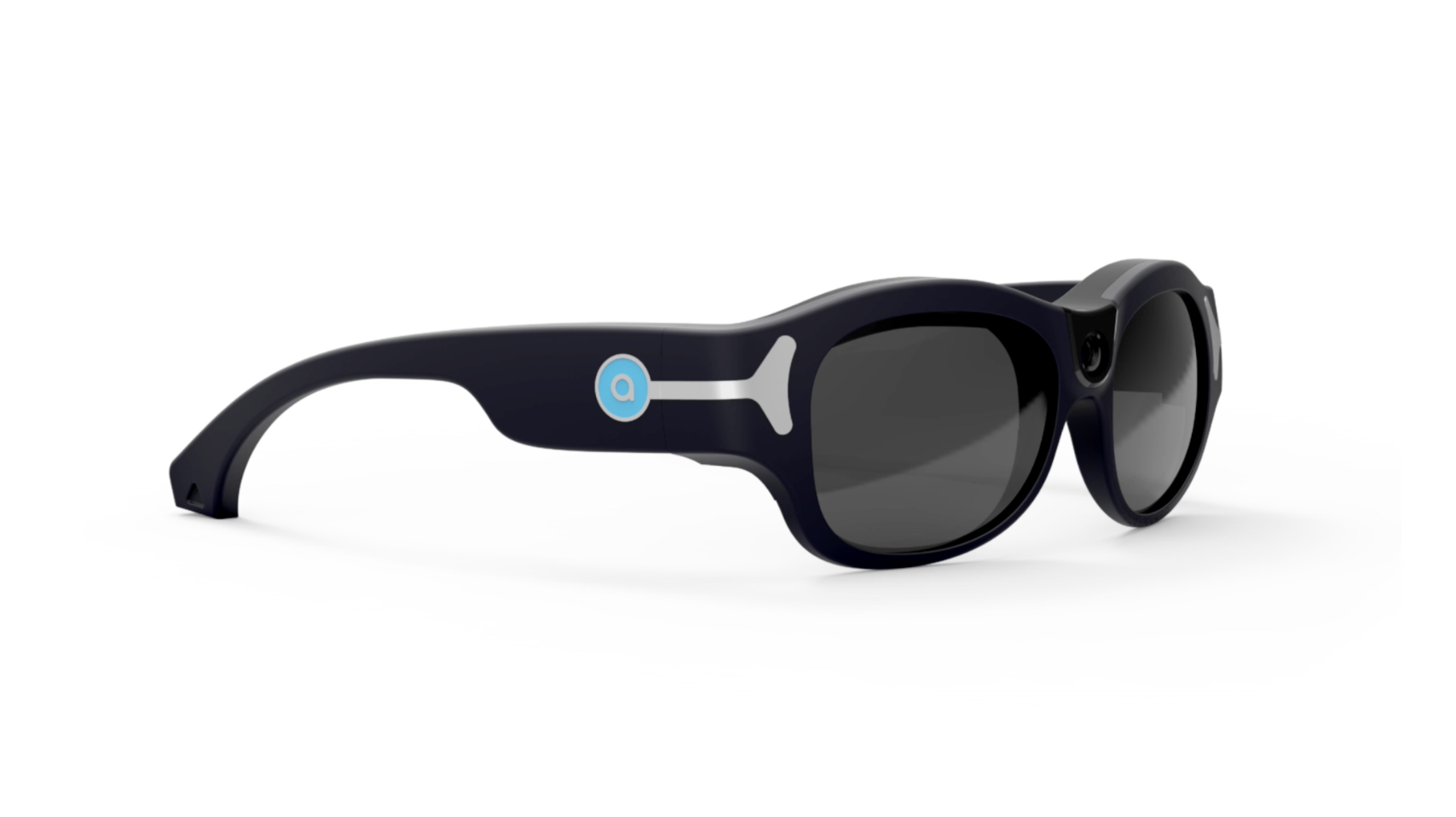Empowering Freedom With Assistive Innovation for the Blind
The combination of assistive innovation for individuals who are blind or visually impaired stands for a substantial advancement in promoting independence and enhancing quality of life. With a range of devices-- from screen viewers to innovative responsive devices-- these modern technologies not just facilitate navigation and communication but also advertise social incorporation and engagement in different elements of life.
Understanding Assistive Technology
Although assistive modern technology has actually progressed dramatically for many years, its essential function remains the same: to boost the high quality of life for individuals with disabilities, specifically those that are visually damaged or blind. This technology includes a broad variety of devices and devices that promote self-reliance and capability in day-to-day activities.
Assistive technology can be categorized right into low-tech and state-of-the-art remedies, each created to meet details requirements. High-tech tools commonly include software program applications, specialized hardware, and flexible devices that use advanced innovation to provide assistance in numerous contexts. On the other hand, low-tech remedies may entail everyday products that are changed to improve access, such as magnifiers or tactile pens.
The assimilation of assistive innovation right into the lives of people who are blind or aesthetically impaired not only promotes autonomy however additionally cultivates social incorporation and engagement in academic and specialist settings. By leveraging these technologies, individuals can browse their environments, accessibility information, and communicate successfully, therefore enhancing their general top quality of life. Recognizing assistive technology is vital for supporters, experts, and caretakers who aim to support individuals in maximizing their prospective and accomplishing higher self-reliance.
Sorts Of Assistive Tools
Assistive gadgets for the visually impaired and blind are important tools that enhance daily living by dealing with particular difficulties experienced by individuals. These gadgets can be generally classified into three main types: optical tools, digital gadgets, and sensory devices.

Sensory devices, such as Braille displays and tactile maps, provide alternative means to obtain details. Braille presents transform digital text into Braille, making it possible for customers to check out touch. Responsive maps use spatial understanding with raised textures and lines, enabling much better environmental recognition.
With each other, these assistive gadgets empower people with visual disabilities to engage more fully with their environments, advertising greater self-reliance and self-confidence in day-to-day tasks.

Effect On Life
The integration of assistive modern technology right into the daily lives of individuals that are blind or visually damaged dramatically improves their ability to browse and communicate with the world around them. Instruments such as screen visitors, Braille displays, and mobile applications assist in accessibility to information, permitting users to involve with digital web content, communicate efficiently, and manage day-to-day tasks individually.
In addition, modern technologies like smart glasses and navigating applications supply real-time assistance in strange environments, enhancing mobility and self-confidence. These tools allow customers to identify challenges, reviewed signs, and also identify faces, thus promoting a feeling of autonomy in public areas. In addition, home automation systems, which can be controlled via voice commands, enable people to manage their living atmospheres much more successfully, boosting comfort and security.
The influence of assistive modern technology extends beyond functional jobs; it advertises social inclusion and emotional health. By connecting the void between individuals and their surroundings, these technologies empower users to get involved completely in area tasks, seek educational opportunities, and take part in significant partnerships. Inevitably, the development of assistive modern technology contributes in redefining the opportunities for people that are blind or aesthetically impaired, leading to a more easily accessible and comprehensive culture.
Success Stories and Testimonies

An additional effective review comes from Mark, a current college graduate that used screen analysis software throughout his scholastic journey. This technology allowed him to gain access to course products and join discussions, inevitably resulting in his successful shift into the labor force. Mark credit scores assistive modern technology for equipping him to attain his occupation goals, stressing its function in leveling the having fun field for people with visual problems.
Furthermore, recreation center have actually reported enhanced engagement in their programs thanks to the intro of accessible electronic platforms. These platforms have actually made it much easier for people to connect, share sources, and assistance one another. These success stories jointly underscore the profound result of assistive technology in promoting independence, improving lifestyle, and breaking down barriers for the blind and aesthetically damaged area.
Future Trends in Assistive Tech
Emerging modern technologies are poised to reinvent the landscape of assistive technology for people who are aesthetically impaired or blind. Advancements in artificial knowledge (AI) and artificial intelligence are boosting the capabilities of devices, allowing even more instinctive customer experiences. AI-driven applications are significantly able to review and identify objects message out loud in real-time, giving individuals with important information regarding their environments.
In addition, improvements in wearable modern technology are developing brand-new possibilities for self-reliance. Smart glasses furnished with enhanced reality functions can overlay vital information onto the customer's visual field, facilitating navigating and interaction with the environment. The integration of Net of Things (IoT) tools is improving access in smart homes, permitting users to regulate appliances and get notices with voice commands or tactile interfaces.
The growth of braille screens and tactile responses systems is also on the increase, promoting access to electronic web content and improving communication. As these innovations remain to advance, they promise to improve day-to-day living, instructional opportunities, and employment prospects for people with aesthetic disabilities. Continual collaboration between technologists, individuals, and campaigning for teams will certainly be essential in ensuring these technologies meet the needs of the neighborhood properly.
Final Thought
Finally, assistive innovation plays an essential role in improving the independence of individuals who are visually impaired or blind. By providing vital devices and sources, these technologies help with enhanced communication, navigation, and access to details, therefore cultivating autonomy and positive self-image. The transformative influence of assistive tools not just promotes reliable interaction with the atmosphere but also encourages social addition and participation in various facets of life, inevitably equipping users to thrive within their areas.
The assimilation of assistive innovation for individuals that are aesthetically damaged or blind represents a significant innovation in promoting independence and boosting high quality of life.The integration of assistive modern technology right into the lives of individuals that are blind or visually harmed not only advertises autonomy but likewise fosters social incorporation and involvement in professional and instructional atmospheres. Inevitably, the improvement of assistive technology is critical in redefining the possibilities for people who are blind or aesthetically impaired, leading to an extra inclusive and obtainable society.
Several individuals that are blind or aesthetically damaged have shared inspiring success tales that highlight the transformative impact of assistive innovation on their lives.In conclusion, assistive technology plays an essential role in improving the freedom of individuals who are blind or aesthetically impaired.